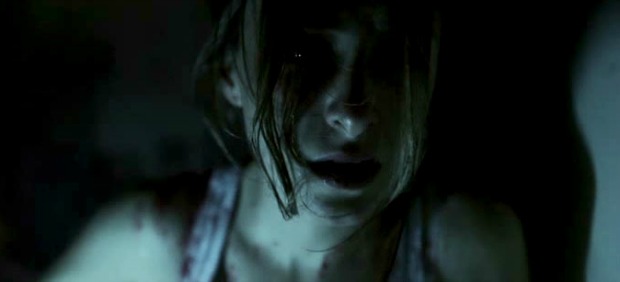The Silent House
‘Real Fear in Real Time’, reads the tagline, and for once it’s an accurate marketing shtick.
Plot summary
Sarah, along with her uncle and father, prepare their long-time family summer home, recently violated by squatters, for sale. But broken windows and cracks in the plaster are the least of their problems when they discover they are not alone and there’s more than just mould concealed behind the walls.

Jean Renoir, P. T. Anderson, Michael Haneke, and Quentin Tarantino are among some of the more proficient practitioners of the long take, but few directors opt to shoot their whole film in one continuous shot. Aleksander Sokurov’s majestic and, at times, testing epic, Russian Ark meanders through the Hermitage Museum of St. Petersburg whilst simultaneously reanimating the city’s viscous three-hundred year history in a single, gliding shot. First-time Uruguayan director Gustavo Hernandez, however, has appropriated this ambitious technique for a decidedly less highbrow project – basically to scare the shit out of you.
We begin at dusk, an overgrown field, following a teenage girl clambering through barbed wire cattle fences, slowly approaching a run-down old house amid a dense thicket of trees: here is our eponymous house. The girl, Laura, and her father, Wilson, are here to help renovate the derelict property for Wilson’s friend Nestor who promptly arrives in time to let them in, hand them a couple of electric lanterns, and issue the strict caveat not to go upstairs. Nester then retreats to pick up food for the morning, leaving them to settle down in the dusty armchairs of the crap-ridden living room for some rest before work begins at dawn. And so the course is set, we already know what’s going to happen; the house most likely won’t be silent, and we’ll be venturing upstairs before long.
On cue, rustling, scraping and banging noises discharge from above, prompting Laura to wake up father who dutifully investigates. A few bangs and hacks later, and Wilson is back downstairs, a garotted mess of muddy blood and broken flesh. Contrary to what most sane people would do, Laura spends the next half an hour venturing further into the house armed with a small scythe. Although the artifice should be fairly obvious by now, it doesn’t stop the whole affair from being really bloody tense and genuinely quite terrifying. We know bad things are likely to happen, but the waiting is the torture. ‘Real Fear in Real Time’, reads the tagline, and for once it’s an accurate marketing shtick.
Shot impeccably with a Canon DSLR – primarily a stills camera that is notoriously difficult to use in a video capacity – we never stray more than a couple of feet from Laura, creating a suffocating malaise of claustrophobia. Cinematographer Pedro Luque does a sterling job, every so often meeting carefully rehearsed marks to frame the action in order to catch a disfigured reflection in a fractured mirror, or to create a fleeting but titillating moment of dramatic irony. At times, Hernandez employs unabashed thriller pastiche, such as when Laura uses a nearby polaroid camera to seek and deter whatever it is that’s hounding her. Jimmy Stewart did it in Rear Window with a flash bulb, and it’s still a great filmic ruse now.
Technically, the film is both ambitious and successful, but sadly trips over its own seismic peripeteia – ‘the big twist’ that we’ve been patiently anticipating. On the one hand, the reveal helps elevate the innovatively executed, but generically rather formulaic plot into a darker, weirder and more tangibly sinister affair, but on the other, it almost undoes much of the earlier good ‘scare work’. It’s one of those twists that makes you question whether any of what has already happened has actually happened. But it just isn’t quite right.
The peculiar denouement unravels slowly, right up until, during, and past the closing credits, with the the aid of rather revealing polaroid stills. Lazy, or clever? It’s debatable. Overall, it’s an impressive debut, a mix of intelligently utilised horror cliches, and faltering smart-arsery. For such a small budget, small crew, slick technical flourishes (the sound design alone is exceptional) and faultless acting, much credit is due. The central crux is where it crumbles.












COMMENTS